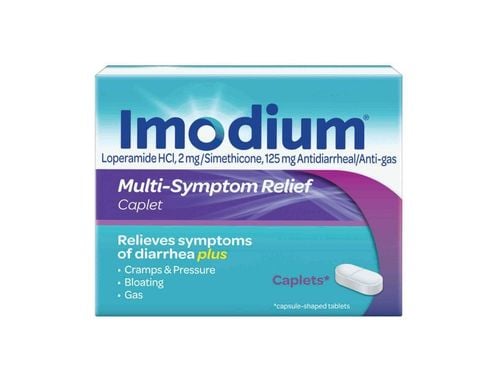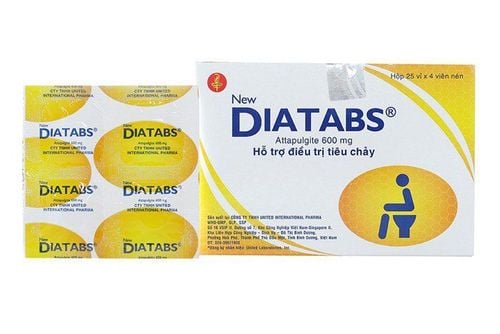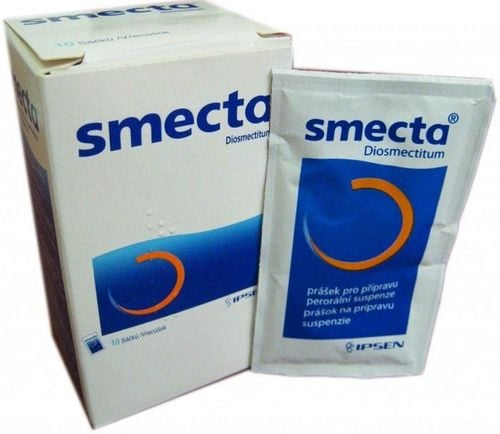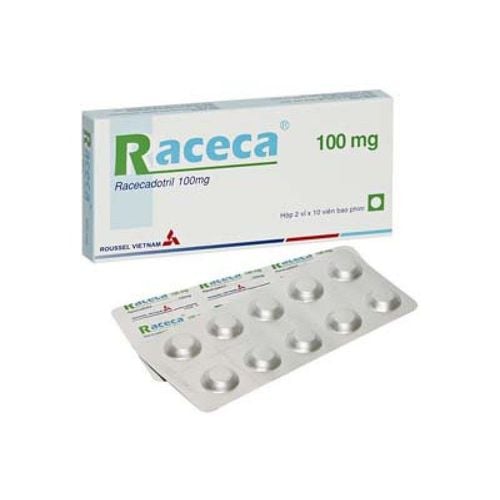This is an automatically translated article.
Posted by Doctor Nguyen Cong Hoa - Intensive Care Unit - Vinmec Times City International Hospital
Acute diarrhea is diarrhea that occurs acutely within 14 days with large and loose stools. Acute diarrhea in adults is very dangerous if this condition persists, so the patient needs to know how to manage and take the correct dose.
1. What is acute diarrhea?
What is acute diarrhea: This definition varies from country to country: is loose stools > 3 times/day, can last for several days or days, may have clinical and subclinical.
Acute: From a few days to less than 14 days.
Sub-acute: from 2-4 weeks.
Chronic: . 04 weeks
Epidemiology:
There are more than 2 billion cases of diarrhea every year globally. Of which 1.9 million children are under 5 years old. In the US population about 200 million, about 99 million cases of acute diarrhea per year in adults. 25% of hospitalizations are diarrhea. and 85% of diarrhea-related mortality occurs in the elderly (> 65 years old) Mechanism of diarrhea:
Invasion: bacteria such as (cholera, dysentery, typhoid ...) invade the intestinal cells, the products of cell destruction produce toxins, and bacterial toxins cause diarrhea, from the intestine bacteria can enter the bloodstream causing sepsis. Mechanism of adhesion: typical example gastrointestinal viruses (Rotavirus) enter the body through the gastrointestinal tract and multiply mainly in the duodenal mucosa, they destroy the columnar cell layer, making the cell layer This cell is deformed. The intestinal absorption process is reduced, thereby stagnation of substances in the intestinal lumen, especially carbohydrates; increased intestinal osmotic pressure pulls water out, causing diarrhea many times a day and very watery stools.
2. Causes of acute diarrhea
The main causes of acute infectious diarrhea caused by viruses:
Norovirus, Rotavirus, Adenovirus, Astrovirus The main causes of acute infectious diarrhea caused by bacteria:
Salmonella. Campylobacter. Shigella. Enterotoxigenic Escherichia coli. Clostridium difficile. Cholera bacillus Other causes.
Parasites, present in contaminated food or water. Medicines such as antibiotics, anticancer drugs, and magnesium-containing antacids, foods, fruits and vegetables with residues of preservatives, and pesticides Food intolerances and sensitivities, which are problems digesting certain ingredients or foods. An example of lactose intolerance. Diseases that affect the stomach, small intestine, or colon, such as Crohn's Problems with bowel function, such as irritable bowel syndrome Malabsorption syndrome- Can be caused by conditions: celiac , Crohn's, lactose intolerance, intestinal damage. Family history of malabsorption, alcoholism Normally proteins, carbohydrates, fats, and fluids are absorbed in the small intestine. Inflammation and damage to the intestinal mucosa. Diseases of the intestinal lining that reduce the production of enzymes needed to digest food or reduce stomach acid can reduce absorption. Food moves into the large intestines lactose-metabolizing bacteria produce gas, bloating, diarrhea Diarrhea HIV infection – AIDS transfer
Common in HIV-infected patients with low T-CD4 (<200 cells/microL) Escherichia enteroaggregative coli (EAEC) Cryptosporidium is an intracellular protozoan parasite. Microsporidia bacteria. CMV, HSV, Clostridium difficile MAC, tuberculosis, histoplasmosis, lymphoma, Kaposi's sarcoma. Causes of diarrhea by location.
Time to onset after exposure suggests causation.
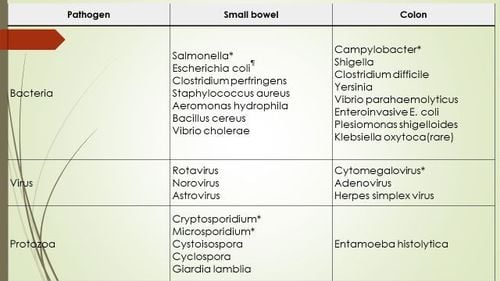
| Ruột non | Ruột già |
|
Phân là nước, số lượng lớn. Kết hợp: Đau bụng nhẹ, đầy hơi, khí. Triệu chứng mất nước, sụt cân. Hiếm khi sốt. Hiếm khi máu trong phân. Bạch cầu hiếm khi thấy. |
Tần suất nhiều lần, phân số lượng ít. Đau quặn nhiều hơn. Sốt và phân có máu nhầy là phổ biến. Hồng cầu và bạch cầu có thể thấy trong phân |
Within six hours - possibly due to ingestion of toxins from Staphylococcus aureus or Bacillus cereus, especially if nausea and vomiting are initial symptoms. 8-16 hours - indicates Clostridium perfringens infection More than 16 hours - indicates either viral or other bacterial infection (eg, contamination of food with enterotoxigenic or EHEC or other pathogens). Contact with animals (poultry, zoo) Salmonella Travelers to an area with limited medical conditions and some endemic diarrheal illness Occupation in daycare has been associated with infection Shigella, Cryptosporidium and Giardia. Consider the cause of rotavirus based on the nature of stool, bowel movements, history of exposure and history of vaccination. Recent antibiotic use (possibly clue to C. difficile diarrhea). Other medications (PPIs may increase the risk of infectious diarrhea). Patients taking immunosuppressive drugs
3. Symptoms of Diarrhea
Manifestations vary depending on the cause of the disease.
Vomiting and nausea. Diarrhea many times, the nature of stool depends on the cause of the disease: + Diarrhea caused by bacterial toxins: The stool is watery, there are no white blood cells or red blood cells in the stool. + Diarrhea caused by invading bacteria: The stools are usually mucusy, sometimes bloody.
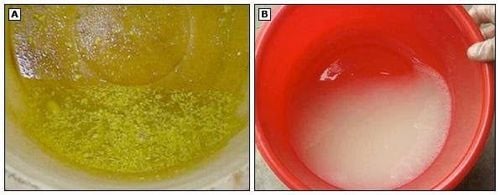
Symptoms of diarrhea
Bloating and abdominal distension can be caused by metabolic disorders in the intestinal lumen when diarrhea produces gas, or abdominal distention due to electrolyte ileus, or severe toxic infection. Signs of dehydration: fatigue, thirst, altered consciousness, weight loss, hypotension. Signs of fever: depending on the cause of the diarrhea, there may be fever or no high or moderate temperature: For example, diarrhea caused by enteric typhoid often has high fever, dissociated pulse; cholera is usually feverless; or rotavirus usually has a low-grade fever. Laboratory tests:
Blood count : White blood cell count increases or decreases depending on the cause. Blood biochemical tests: Assess electrolyte disorders, accompanying renal failure. Stool test: + Fecal examination: Look for red blood cells, white blood cells, parasitic protozoa, fungi, parasite eggs... + Stool culture for pathogenic bacteria.
4. Diagnosis and treatment
4.1 Diagnosis Clinical examination:
Take medical history:
Have you eaten anything strange on the street? Traveled? Do you have a history of taking antibiotics or being treated for other illnesses? Allergies, reduced immunity? Diarrhea pattern with little abdominal pain with a lot of stools suggests damage to the small intestine or the proximal large intestine Low stool diarrhea, tenesmus with bloody stools and severe abdominal pain Rectal or low colon lesions Disease Fever, low blood pressure, tachycardia, dehydrated skin, and dry mouth are signs of serious dehydration. Need to be careful to exclude surgical pathology (signs of peritoneal reaction): acute appendicitis, diverticulitis requirements, immunocompromised patients and patients with a history of irritable bowel syndrome. Blood culture: high fever, low blood pressure, or severe immunosuppression.
+ Colonoscopy with biopsy helps in the differential diagnosis of infection and flare (flare) of ulcerative colitis.
+ Colonoscopy helps to exclude ischemic enteritis.
+ Colonoscopy helps diagnose diarrhea caused by C. difficille quickly if there is a characteristic pseudomembranous picture.
+ Microscopic examination and further observation of tissue samples + serologic tests for amoeba diagnosis
+ Biopsy through rectal examination to help diagnose acute proctitis caused by Cytomegalo virus or herpes virus.
- Diagnostic imaging
+ Ultrasound
+ Film of the abdomen standing up when suspecting that the patient has surgical pathology, infection with
C.difficile, amib.
+ Abdominal MSCT
4.2 Treatment Principle
Antibiotic treatment depends on the cause. It is important to diagnose the cause and treat it immediately. Adjust antibiotics if necessary after stool culture results are available. Assessment of dehydration and electrolyte replacement. Symptomatic treatment. Use of antibiotics in infectious diarrhea of some common etiologies
Antibiotics are often effective in cases of invasive diarrhea. Usually oral antibiotics are used. Intravenous antibiotics are used only in severe cases with systemic infections. The antibiotic dosage below is mainly applicable to adults.
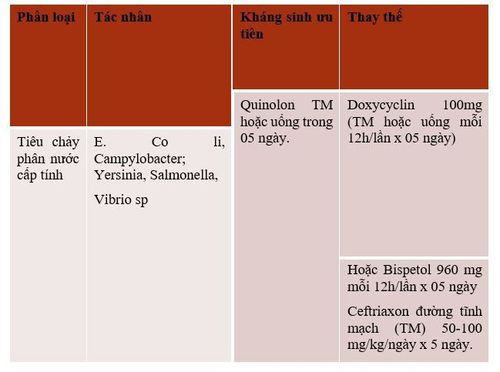
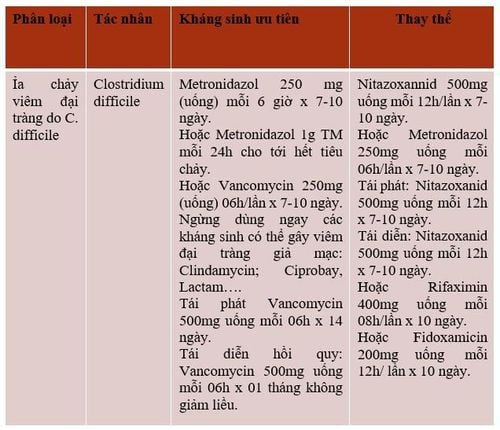
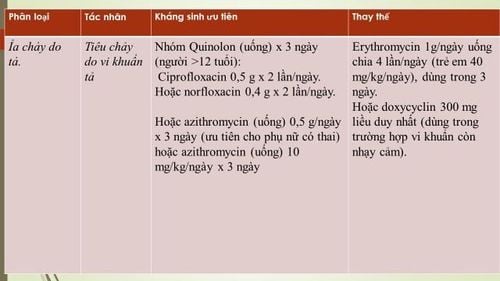
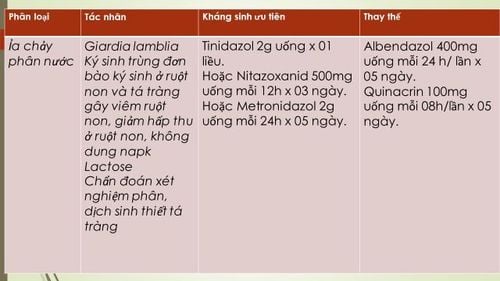
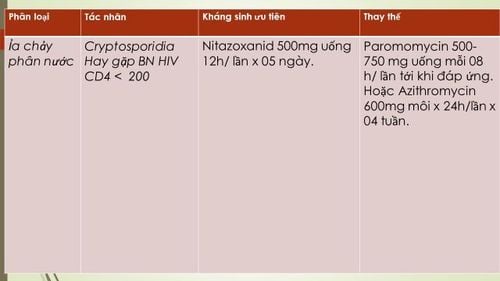
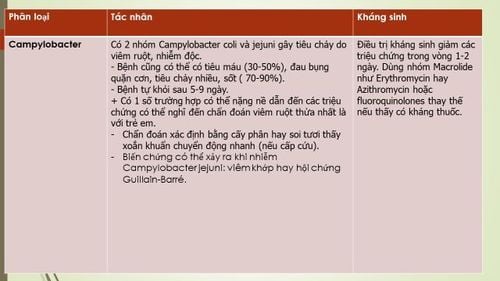
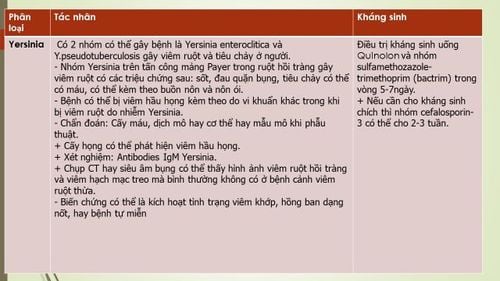
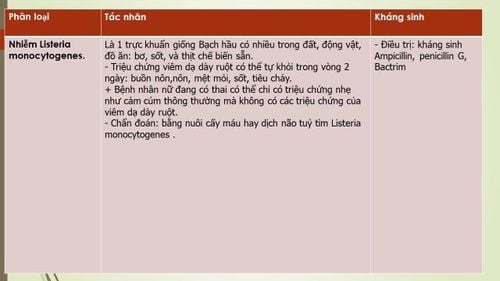
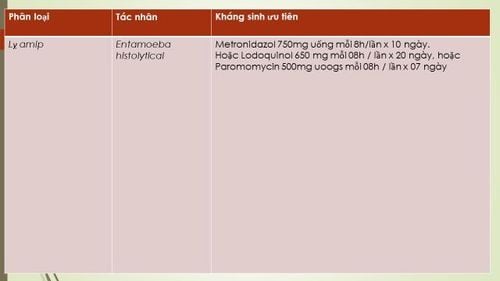
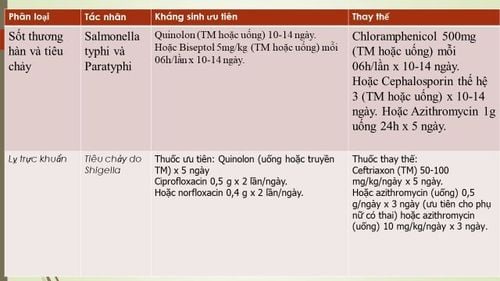
Criteria for admission
Signs of dehydration Loose stools > 6 times/ 24 h Abdominal pain persists Bloody stools, fever > 38.5 degrees Celsius Elderly people, pregnant women. People with chronic diseases. Immunocompromised people. Diarrhea > 01 week Vinmec International General Hospital is one of the hospitals that not only ensures professional quality with a team of doctors, modern equipment and technology, but also stands out for its excellent medical examination and treatment services. , comprehensive and professional medical consultation and treatment; civilized, polite, safe and sterile medical examination and treatment space.
Please dial HOTLINE for more information or register for an appointment HERE. Download MyVinmec app to make appointments faster and to manage your bookings easily.
MORE:
Is prolonged diarrhea dangerous? Diarrhea should eat what to quickly heal, regain strength? Children with acute diarrhea - What should parents do at home and when to take their children to the hospital urgently





